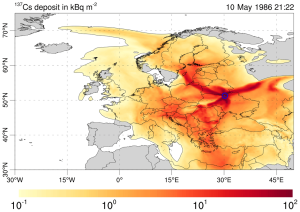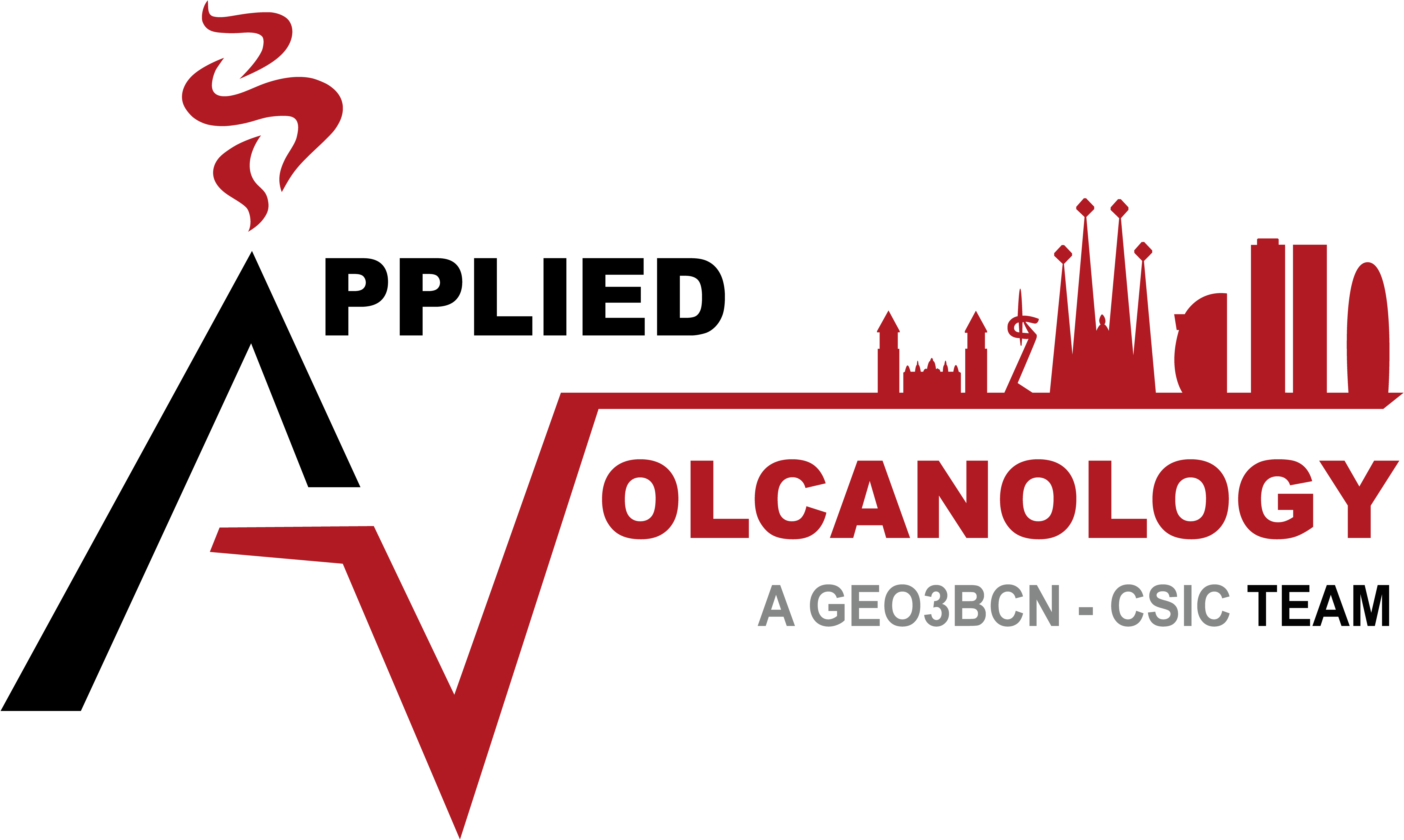DATABASES
CatVolc: A new database of geochemical and geochronological data of volcanic-related materials from the Catalan Volcanic Zone (Spain)
The CatVolc (Catalan Volcanism) database compiles available geochemical and geochronological data of volcanic-related materials of the CVZ. For each sample, the CatVolc database lists general information about the sampling site, sample lithology, whole-rock analyses (including major and trace elements), isotopic ratios, mineral chemistry, and radiometric/thermoluminescence dating information, if available. A preliminary analysis of the information contained in the CatVolc database highlights the critical limitations of the current state of knowledge and allows suggesting potential future directions for volcanic-driven investigations in the CVZ. Additionally, the results obtained validate the CatVolc database as a key tool for comprehending the spatial and temporal evolution of the magmatic system(s) and volcanic activity in the CVZ, particularly in the Garrotxa Volcanic Field. This aspect is critical for advancing in the assessment of the volcanic hazards in the region and for gaining a comprehensive understanding of future volcanic activity.
The current database version consists of three MS Excel files dedicated to primary magmatic rocks (CatVolc_magmatic_rocks.xlsx), xenoliths (CatVolc_xenoliths.xlsx) and radiometric/thermoluminescence dating information (CatVolc_dating.xlsx). Each MS Excel file is structured around a main table (Samples_general_info) containing general information (e.g., location, age, sampling site) of the listed samples, and a certain number of secondary tables. Secondary tables included in the MS Excel files for magmatic rocks and xenoliths report: (i) whole-rock geochemistry (Major_elements and Trace_elements); (ii) isotopic relations data (Isotopic_relations); and (iii) mineral and volcanic glass chemistry (Amphibole, Feldspar, Felspathoid, Glass, Mica, Olivine, Pyroxene, Oxides, Serpentines and Sulphides). In addition to the Samples_general_info table, the CatVolc_dating.xlsx also includes radiometric/thermoluminescence dating information (Dating). Finally, in all three Excel files, we have incorporated a table with consulted references (References) and a glossary of the acronyms used for the parameters included in the main and secondary tables (Codes).
DecTephra (Deception Island Tephra Record) database
The DecTephra (Deception Island Tephra Record) database compiles the published information on all tephra layers potentially sourced in Deception Island. Geochemical analyses of the sampled layers are also provided, where available.
The DecTephra database has been constructed based on an extensive review of 30 peer-reviewed scientific articles and 2 PhD theses published between 1988 and 2020. For a tephra layer to be included in the DecTephra database, its Deception Island origin needs to be confirmed (or highly suspected) based on the geochemical similarity between the tephra layer and Deception Island’s erupted materials. The proximity of the observed tephra layer to Deception Island, or to another sampling site with tephra layers known to be sourced at Deception Island, are also considered potential evidence, particularly if no geochemical analyses are available. If this is the case, it is clearly indicated in the DecTephra record.
Cite: Hopfenblatt, Joaquin, Geyer, Adelina, Aulinas, Meritxell, Álvarez-Valero, Antonio M., Polo Sánchez, Antonio, Giralt, Santiago, & Smellie, John L. (2022). Database of Deception Island’s tephra record (DecTephra). In Journal of Volcanology and Geothermal Research (v.1.0, Vol. 425, p. 107516). Zenodo. https://doi.org/10.5281/zenodo.6077062
SOFTWARE
FALL3D
Cite: Prata, A. T., Mingari, L., Folch, A., Macedonio, G., and Costa, A.: FALL3D-8.0: a computational model for atmospheric transport and deposition of particles, aerosols and radionuclides – Part 2: Model validation, Geosci. Model Dev., 14, 409–436, https://doi.org/10.5194/gmd-14-409-2021, 2021.

PyVOLCANS
The main goal of PyVOLCANS is to help alleviate data-scarcity issues in volcanology, and contribute to developments in a range of topics, including (but not limited to): quantitative volcanic hazard assessment at local to global scales; investigation of magmatic and volcanic processes; and even teaching and scientific outreach.
PyVOLCANS provides its users with full flexibility to identify customised sets of analogue volcanoes, by exploring three main variables:
1. Target volcano (or volcano of interest);
2. Weighting scheme (i.e. set of weights given to each of the five volcanological criteria to calculate multi-criteria, total analogy);
3. Number of ‘top’ analogue volcanoes (i.e. those with the highest value of analogy with the target volcano).
In addition, PyVOLCANS allows the user to compare the values of total analogy computed for ‘a priori analogues’ (i.e. volcanoes thought to be good analogues to the target volcano by other strands of evidence, e.g. expert knowledge) with those computed for the rest of volcanoes in the GVP database. This permits investigation of sets of analogue volcanoes for varied purposes, and makes PyVOLCANS a useful complementary method to expert-derived analogue volcanoes.
GitHub repository: https://github.com/BritishGeologicalSurvey/pyvolcans
PyPI project: https://pypi.org/project/pyvolcans/
Cite: Tierz, P., Christodoulou, V., Stevenson, J.A., Loughlin, S.C. (2021). PyVOLCANS: A Python package to flexibly explore similarities and differences between volcanic systems. Journal of Open Source Software, 6(68), 3649. https://doi.org/10.21105/joss.03649


